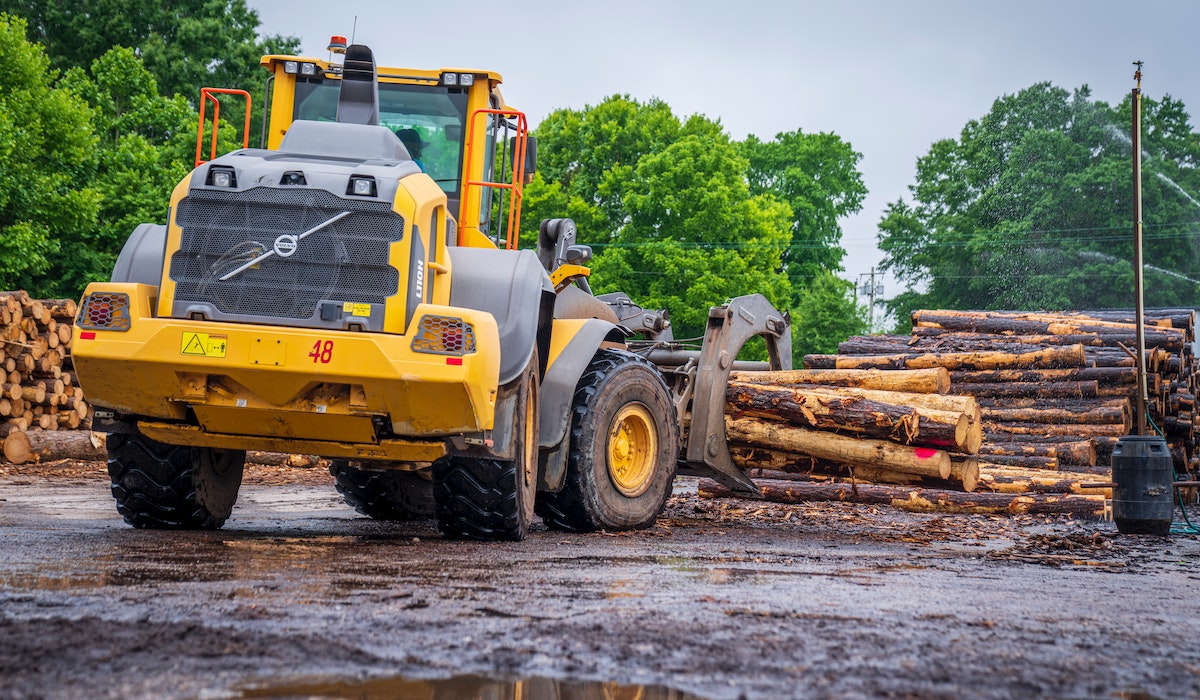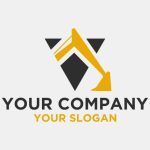
Construction sites produce a lot of waste, but much of it can be minimised. A well-managed construction site will have organised bins and waste streams, maintenance procedures for preventing waste, and proper disposal procedures in place to minimise their environmental impact.
Construction waste can come in all shapes and sizes, from concrete and wood to plastic and metal. If you’re working on a project that involves any of these factors, then the impact of your construction site waste will only increase with time.
Reducing construction waste is especially important when working on projects close to sensitive natural areas or residential properties.
Jone Mark
Plan ahead
Creating a detailed waste management plan is key to minimising the environmental impact of construction waste. Before the start of any construction project, a comprehensive plan can be developed to identify the types of waste that will be generated and how they will be managed.
As we mentioned above, liquid screed is made with cement. This makes it a highly durable option for outdoor concrete. Cement is a strong material that can withstand harsh conditions. It is resistant to water and won’t break down over time.
Reduce waste
- Get lights that give off plenty of light: make sure they’re tough to break or tamper with.
- Choose lights that turn on when they pick up motion: They can alert your security team as well as scare off trespassers.


Tools and equipment cost a lot. And it’s crucial to keep them safe. Storing them in safe spots, using cages with locks and GPS trackers helps a lot. This keeps thieves and other ill-intentioned individuals and troublemakers away and makes it harder to steal things.





